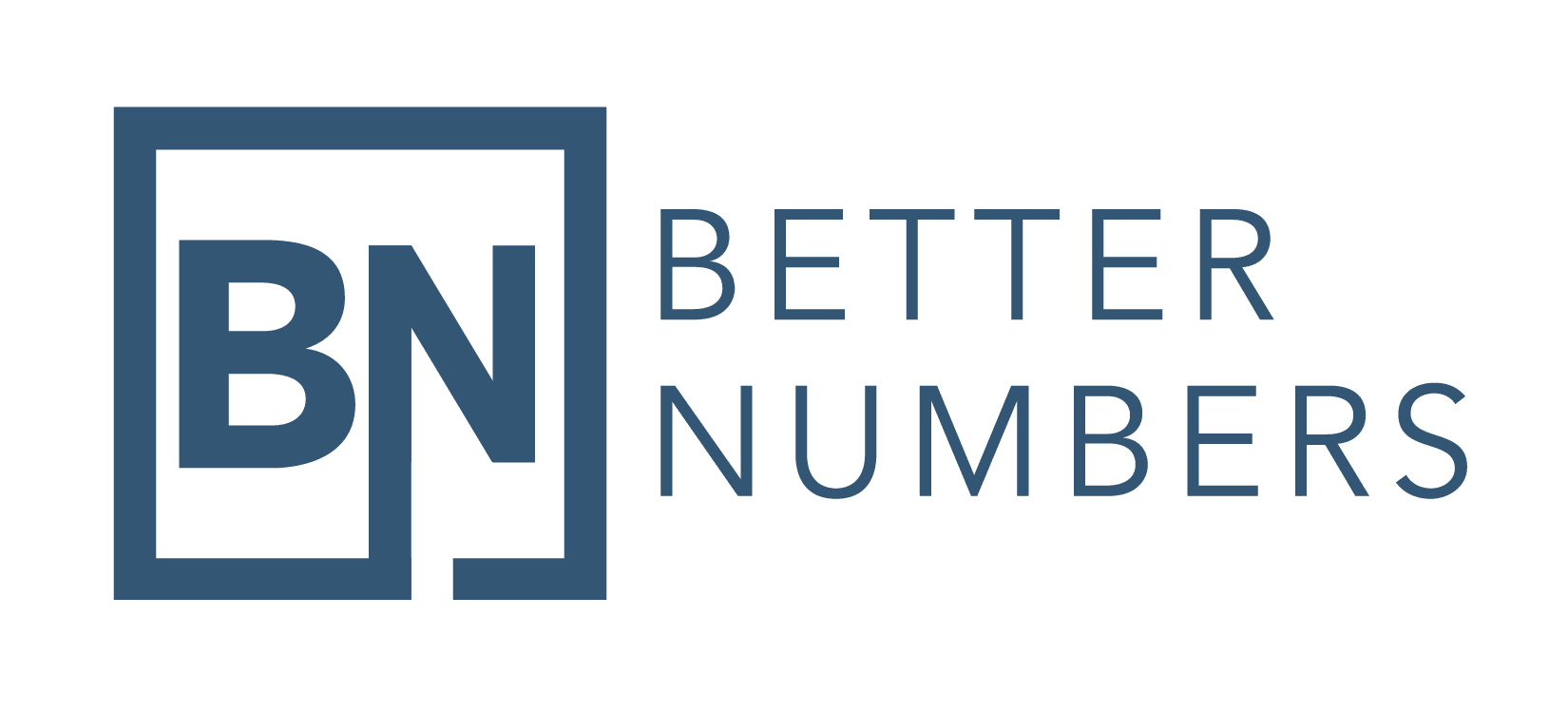What are the most common mistakes or “traps” agency owners fall into over time? Bad habits to avoid and positive alternatives?
In other words, what are some marketing agency bad accounting and finance habits to avoid? The above is a question I received in a Facebook Group for marketing professionals earlier this week, and it’s a good one. In working with and talking to agency owners, there are generally a few common themes. In this post, I’ll explore those further and take a deeper dive into some of the topics discussed in this post.
The top 3 bad habits
Cash flow
I think far too few agencies pay attention to cash flow, understand cash flow, forecast cash flow and/or have adequate systems in place to effectively manage cash flow. Without cash flow it’s impossible to be successful long-term. Revenue is great, but it means nothing if that revenue doesn’t turn into cash, and if you don’t have cash leftover after paying expenses. Outflows such as payroll and rent need to be paid with cash. Finally, cash flow from operations is the ideal means to replenish your agency’s working capital, as I discussed in the below video.
Understanding and quantifying margins
Do you know which clients are profitable? What services are profitable? What niches are profitable? Taken as a whole, what do these answers mean for the agency? What does a ‘good margin’ look like for an agency?
Accounting and analytic sysems
There needs to be an appropriate level of automation to allow for accuracy and standardization, as well as to gather good data about the agency and the value you’re driving. In my opinion, gathering and using data is a tremendous way to facilitate competitive advantage.

The follow up question…fixing the bad habits…
“Also, where would you suggest someone start?”
Implement your cloud-based accounting system
The first place to start, in my opinion, is with a cloud based general ledger (GL). What’s a GL? It’s basically the fancy term for where all your financial transactions are stored. Xero, QuickBooks, Freshbooks and Wave are all examples of GLs. QuickBooks Online is an example of a cloud based GL. QuickBooks Desktop is obviously a similar product from the same family, but is not cloud based.
Just as important as having the software in place is how it’s setup. It’s absolutely crucial that your chart of accounts, customers, vendors, employees and contractors are all setup properly. Proper setup allows for the proper classification of financial transactions, as well as insightful analytics.
Understand your margins
Now that we have a proper accounting system that’s properly setup, we can start to extract data from it. First, look at your margins. You should determine which services, clients and niches are most profitable. In order to do that, you need to have a proper chart of accounts. That’s why the setup of your accounting software is so crucial. If you identify areas or clients that are unprofitable, it’s time to make some changes.
nce you have a solid footing and understand your margins, it’s time to scale up…

Build a cloud-based infrastructure supported by your cloud-based accounting system
The cloud allows for data gathering, data connectivity and workflow automation. Once you have your cloud-based accounting software in place, then it’s time to assess your overall cloud-based infrastructure to support it.
Good questions to ask yourself are:
1. What does your revenue process look like? How do you invoice and get paid?
2. Who are you vendors and contractors, and how do you pay them? Do they invoice you, or do you pay by credit card?
3. Do you use a CRM software? If so, what is it and does it connect to the other apps that you’re using?
4. Are you utilizing any workflow software in your agency? If so, what is it and does it connect to the other apps that you’re using?
5. Do you use any client or engagement software, such as Mailchimp?
6. What are the pain points in your agency from a marketing, operational and financial perspective? What do you hate doing (this is where you should start with automation)?
7. Do you collect and track data for your clients? Are you quantifying the value your agency is driving?
8. Are you currently tracking KPIs? Which ones? What KPIs do you want to be tracking? What KPIs should you be tracking? How are you going to get and analyze this data?
The ultimate goal here is connected data gathering and analysis, along with automation to support your agency.
Analyzing cash flow is important
All of the systems are in place, we have good financial data, and the operational data is connected. Now what? It’s time to really buckle down and understand your cash flow. Cash flow is the lifeblood of any business. Without it, it’s hard to stay in business very long. What if:
- Your revenue is all barter revenue or in “receivable status”
- Your expenses are paid via credit card or line of credit, and you’re reaching your limit
- Payroll is draining your remaining cash, because you can’t put that on a credit card
How long are you going to survive?
Analyze cash flow on a continuous basis
It’s important to stay on top of sources and uses of cash on a continual basis. Ideally, you will put a system in place to automatically forecast cash flow for you. Manually forecasting cash flow is tedious and time consuming, so a system is preferred. The cash flow analysis for your marketing or creative agency should consider factors such as:
- Accounts payable sitting in Bill.com waiting to be paid. Common examples are invoices from influencers and contractors.
- Payroll to be paid in the upcoming period. For example estimates from a payroll software, like Gusto, or time-tracking software, like TSheets.
- Upcoming recurring invoices which are paid up front. For example, if you automatically charge clients on the first of the month for upcoming social media ad spend. This data can come from the accounting software.
- Accounts receivable, weighted for each client’s typical collection cycle. This data can also come from the accounting software.
- Upcoming credit card or loan payments. Pro tip: the latter could be housed on an amortization schedule (in Google Sheets, for example), with the entries automated by Zapier. From there, you can simply match the journal entry created by Zapier in the Bank Feed each month. The goal is accurate classification of principal and interest without having to look it up each month.
- Monthly office rent.
Did you notice all the apps and data sources I listed are cloud-based?
Tying it all together
In my opinion, the three most common bad habits marketing and creative agencies fall into are:
- Not actively managing or forecasting cash flow
- Not knowing or understanding their margins
- A disparate, inefficient or non-existent data infrastructure
These are important problems to solve if you want your agency to run like a business. The way to solve them is by working backwards. Why? Because you need the infrastructure in place to generate and connect the data. Then, you need to understand what the data is telling you. Finally, you need to focus on the future and the benefit your agency is providing you (cash).
Start on this path and you’ll be well on your way to avoiding common agency bad habits.
Do you need help getting started?
Here are three ways we can help your marketing agency grow:
- Subscribe to our marketing industry e-newsletter
- Download “Scaling the Data-Driven Agency” ebook
- Let’s work together! Let’s start a conversation to see if we’re a good fit.




